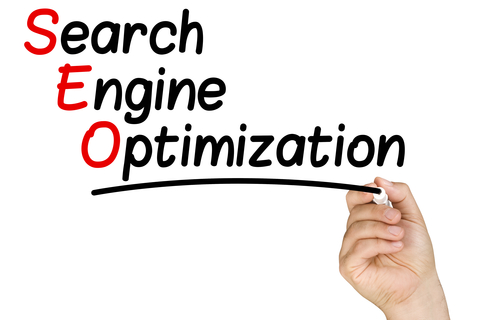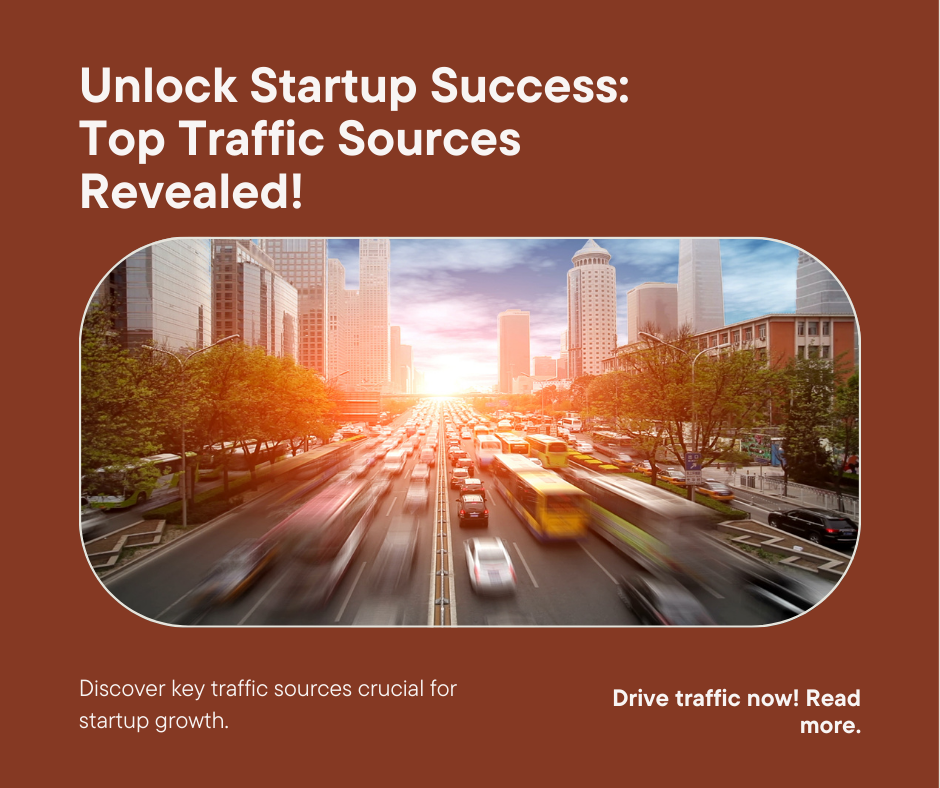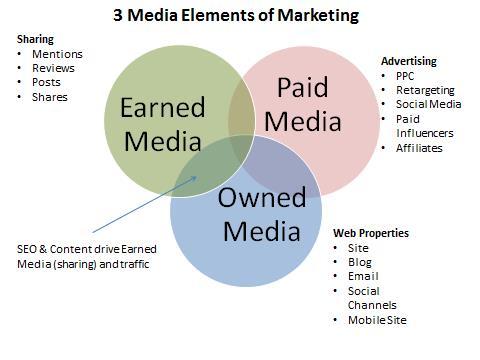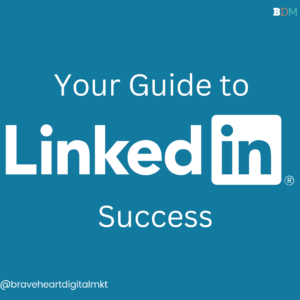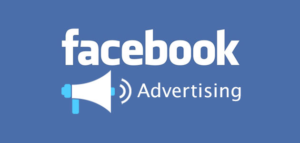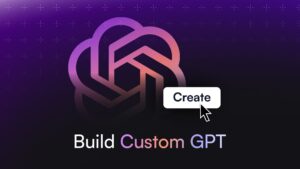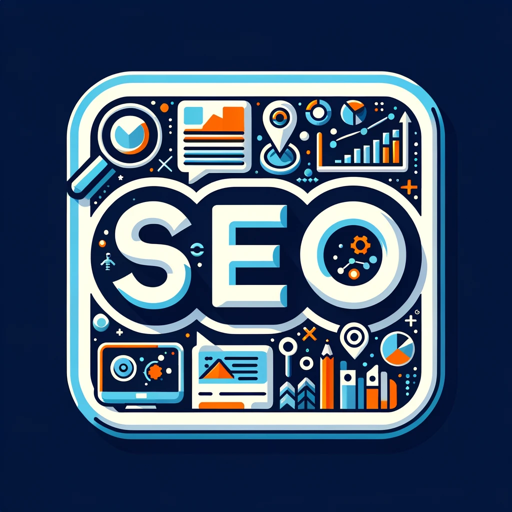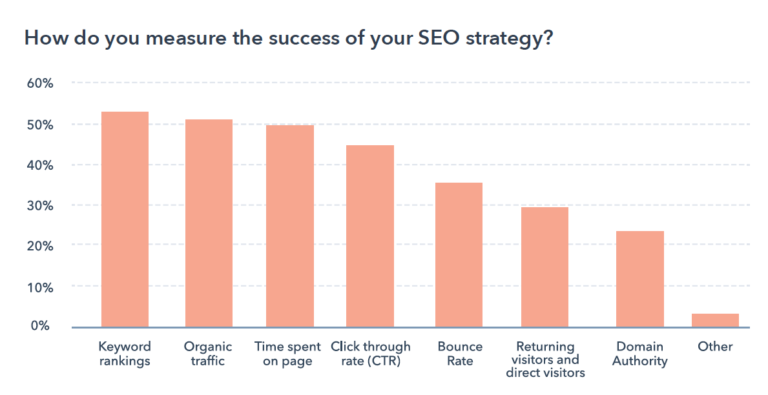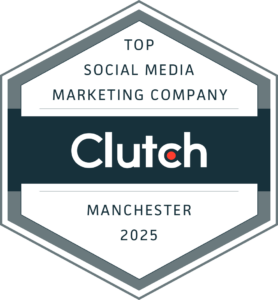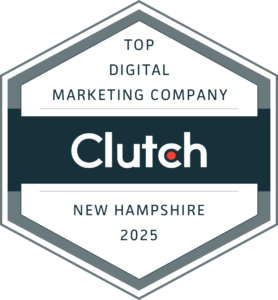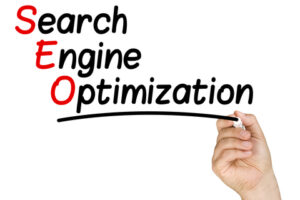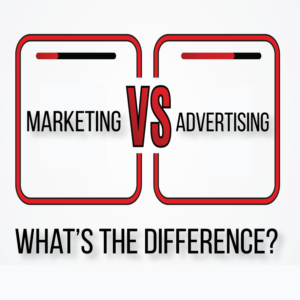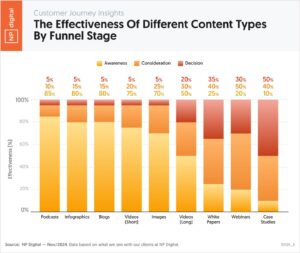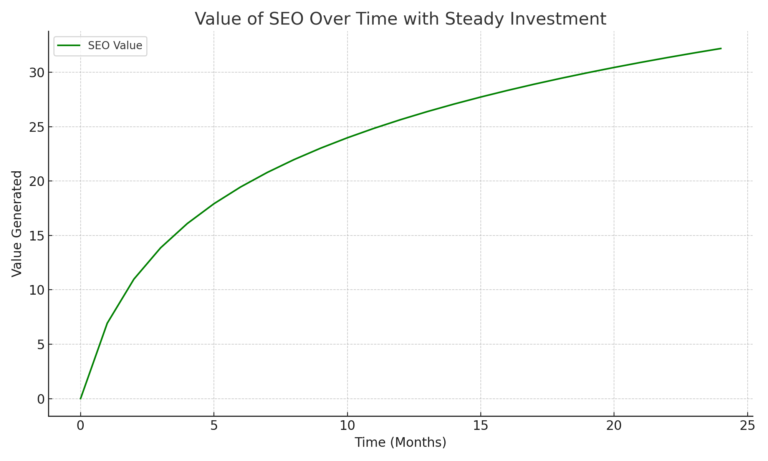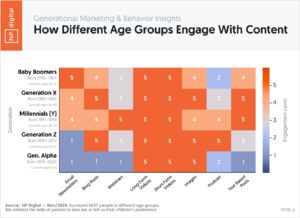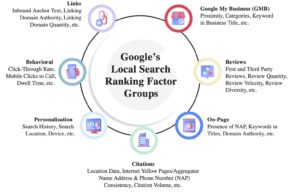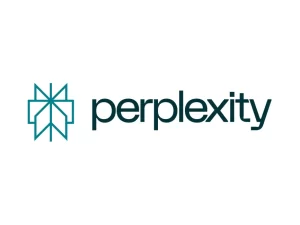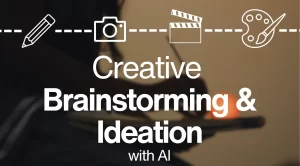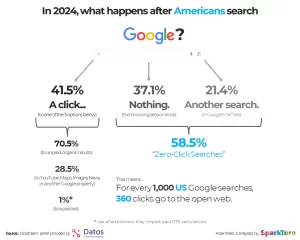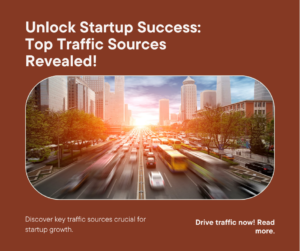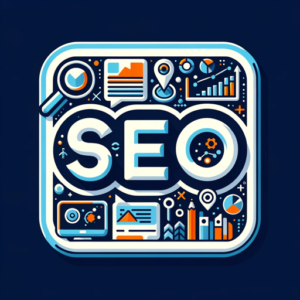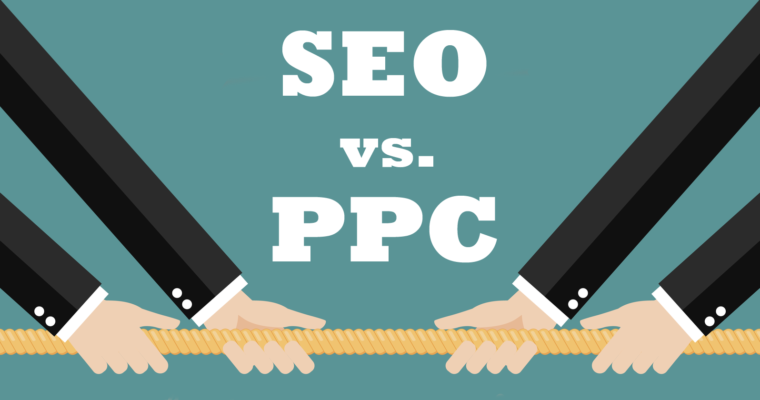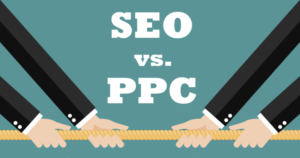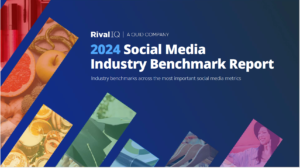Introduction to Technical SEO: A Must-Know for Every Business Owner
In today’s rapidly evolving digital marketplace, mastering Technical SEO is essential for business leaders who are aiming to enhance their company’s online presence, and for small business owners seeking to attract more local customers. This comprehensive guide breaks down Technical SEO, illustrating its crucial role in improving your website’s performance on search engines, vital for businesses of all sizes.
Understanding Technical SEO
Key Components of Technical SEO: What You Need to Know
Technical SEO vs. On-page SEO vs. Off-page SEO
Technical SEO and Its Role in Your Overall Strategy
Technical SEO is crucial as it forms the foundation of your overall digital marketing strategy. A robust technical foundation is essential, as without it, other SEO efforts such as content creation and link building may not yield expected results. To begin optimizing, conducting a comprehensive technical SEO audit is vital to identify both strengths and potential areas for improvement, establishing a roadmap for future SEO strategies. Additionally, ongoing monitoring of your website’s technical health is critical. Utilizing tools like Ahrefs or Moz can provide valuable insights into performance, helping to address issues proactively and maintain optimal site functionality.
Summary: Embracing Technical SEO for Digital Success
Whether you’re at the helm of a large corporation or running a small company, the importance of Technical SEO in 2024 cannot be overstated. By ensuring your website is technically sound, easily navigable, and understood by search engines, you set the stage for successful digital marketing endeavors. Technical SEO is not just about complying with search engine standards; it’s about setting up your business for online success, ensuring visibility, engagement, and growth in the digital world. Embrace technical SEO as your path to digital triumph in 2024.
Recent Posts
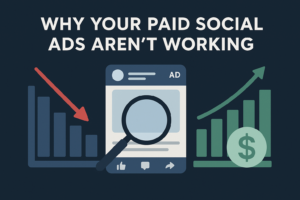
Paid Social Media ROAS
Why Your Paid Social Media Ads Aren’t Delivering ROAS—And How to Fix It You’ve invested in paid social media advertising. You’ve committed budget, time, and

B2B lead generation channels
Top B2B Lead Generation Channels in 2025 | Data-Backed Guide to Higher ROI Back in 2018 a single survey claimed that “Search beats every other

Search Visibility
How to Improve Search Visibility and Drive More Organic Traffic For many businesses, low search visibility is a persistent challenge that directly impacts their ability

Generative Engine Optimization (GEO)
Generative Engine Optimization (GEO): The Future of Search and How It Differs from SEO As digital marketing continues to evolve, search is undergoing a radical
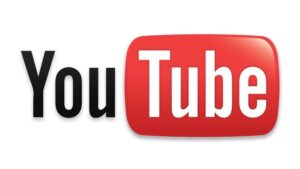
Best Practices for Building a Brand Presence on YouTube
Updated Best Practices for Building a Brand Presence on YouTube (2025) YouTube continues to be a dominant platform for video content, offering businesses unparalleled opportunities

Best Practices for Building a Brand Presence on Instagram
Best Practices for Building a Brand Presence on Instagram (2025) Instagram continues to dominate as a platform for visual storytelling, brand development, and audience engagement.
